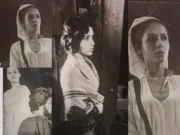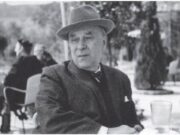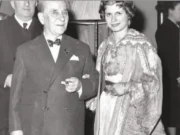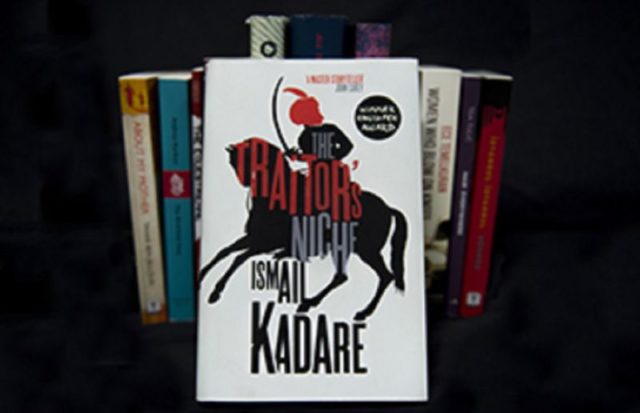In The Traitor’s Niche, the Albanian dictator’s purges are slyly disguised as the 19th-century bloodfeuds of Ali Pasha
Ian Thomson
Blood, they say, is quick on the knife in Albania, where Balkan-style revenge killings, known as giakmarrje (‘blood-takings’), settle ancient scores and land disputes. The great engine of vengeance — the old idea of purification by blood — was explored by the Albanian novelist Ismail Kadare in his first novel, General of the Dead Army. Published in communist Albania in 1963, the novel told of an Italian army officer who returns to the Balkan outpost after the second world war in order to bury his fallen compatriots. It remains a magnificent allegory of life and death under totalitarian dictatorship.
Kadare, 80, wrote his best books under the communist regime of Enver Hoxha (pronounced ‘Hodger’), a Muslim-born bigwig in the megalomaniac lineage of Tamburlaine. During his 40-year dictatorship, Hoxha made a show of outlawing revenge killings and other ‘backward’ tribal customs. However, his politburo was motivated less by Marxism-Leninism than by the Albanian cult of giak per giak (blood for blood), which requires that a family avenge a death with a death. Retaliatory political murders and party purges were all too frequent under the artful Hoxha.
Though Kadare himself never became a party member, he was friendly with the dictator’s foxy wife Nexhmije Hoxha, the ‘Lady Macbeth of the Balkans’. As minister for propaganda in the early 1960s, Nexhmije was behind Albania’s feared Sigurimi secret police. The Sigurimi were, of course, enemies of literary expression, but Kadare managed to write slyly subtle critiques of their repressions and trap-door disappearances. He was accommodated by the Hoxha regime until he incurred the displeasure of the Sigurimi in 1990, and defected to Paris, where he lives to this day.
The Traitor’s Niche, written in the Albanian capital of Tirana between 1974 and 1976, is part of Kadare’s trilogy of interlinked political novels set in the early 19th century. The year is 1822 and the Balkan pashadom of Albania is languishing unhappily at the far edge of the Ottoman empire. Ali Pasha Tepelena, Albania’s rebellious governor, objects to the cumbersome
concentration of governance in faraway Constantinople. Freedom is his new watchword, and he welcomes freedom-fighters from abroad. Thirteen years earlier, in 1809, Ali Pasha had in fact provided Lord Byron with shelter — as well as supplies of sweetmeats and sugared sherbet. Byron, in gratitude, apostrophised Albania in Childe Harold’s Pilgrimage as a beautiful, rugged place of moorland tarns and minarets.
When not roasting his enemies alive, Ali Pasha schemes to defy Sultan Mahmud II and free Albania. The country has been under the Ottoman yoke for 400 years. Enough is enough. For all his narcissistic Bonapartism, Ali Pasha clearly is intended to be a prototype for Enver Hoxha. ‘You’ve done nothing,’ a political prisoner yells at him, adding: ‘You’re still a pasha.’ Before long Ali Pasha’s head is brought to Constantinople for public display in the so-called traitor’s niche high up in a main square. Headless in Turkey, the renegade pasha is thus made to serve as an example. In John Hodgson’s lucid translation, The Traitor’s Niche is absorbing from start to finish. Kadare’s allegorical burlesque has rarely been so trenchant.

















